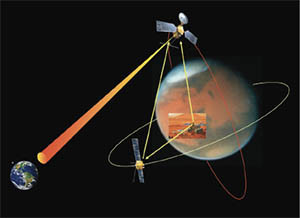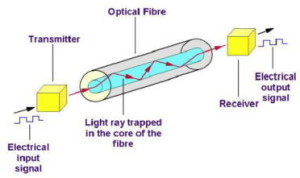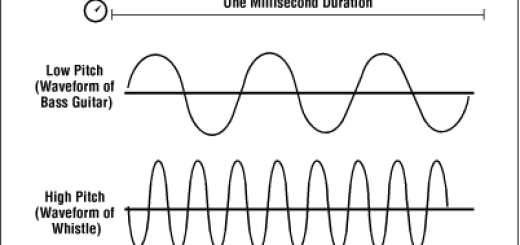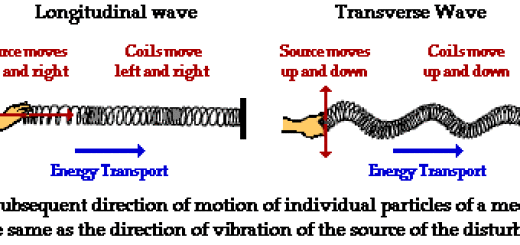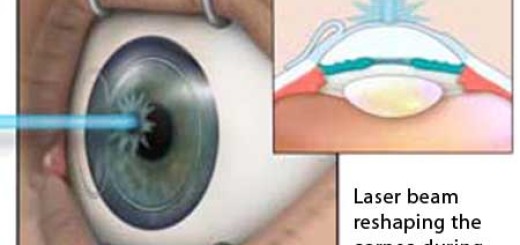Importance of lasers in communication & advantages of fiber optics cables
Lasers in communication
Laser communications systems are wireless connections through the atmosphere, The light speed is the fastest speed than anything can travel, so laser communications and laser sensing are important in mortar defense and other crucial aerospace and defense applications.
Lasers are able to see through the dense foliage, and they can allow for space communication from distances measured in millions of miles, We use lasers everywhere such as in the military systems, the avionics and in submarines.
Laser communications are better than radio as light wavelengths are packed much more tightly than the sound waves and they transmit more information per second with a stronger signal, Lasers are used in communication with the optical fibers instead of telephone cables.
We send and receive the data, video and other information, using lasers to encode and transmit the data at rates 10 to 100 times faster than radio, Laser is a very intense, concentrated, highly parallel and monochromatic beam and coherence is a very important property of laser.
Lasers have been used in communications for years, and we can transfer information by lasers every day such as reading CDs and DVDs, and we can scan bar codes at checkout lines or tapping the fiber optic backbone of the phone or internet services.
Laser communications systems can be easily deployed because they are inexpensive and small, They have low power and they do not require any radio interference studies, Data exchange is relatively easy to combine with accurate range metering which is essential in many applications.
Lasers communications are solutions to satisfy increasing bandwidth needs, Laser communication systems can transmit speeds of up to a gigabit per second, Laser communications assure much faster data traffic at lower power consumption, smaller geometrical size and much higher immunity to eavesdropping.
Advantages of fiber optics cables
The optical fibers are thin strands of glass through which a laser beam can travel for several miles, and laser amplifiers are needed only every six or seven miles to strengthen the light signal.
One of the advantages of the laser fiber optics is that several fibers can be wrapped inside one cable, and each cable contains many laser beams, each carrying billions of bits of information.
Multiple signals can be sent with high quality and low loss by light propagating along the fibers and the lasers are more nearly monochromatic and this allows the pulse shape to be maintained better over long distances.
The optical signals are sent at infrared wavelengths of 1.3 to 1.6 micrometers, the glass fibers are most transparent.
Applications on the total reflection of light (Optical fibers, Reflecting prism & Mirage)
The advantages and disadvantages of optical fiber cables over electrical cables
Laser rays properties, Spontaneous emission and stimulated emission
Nuclear submarines (Nuclear Powered Ships) advantages and disadvantages

